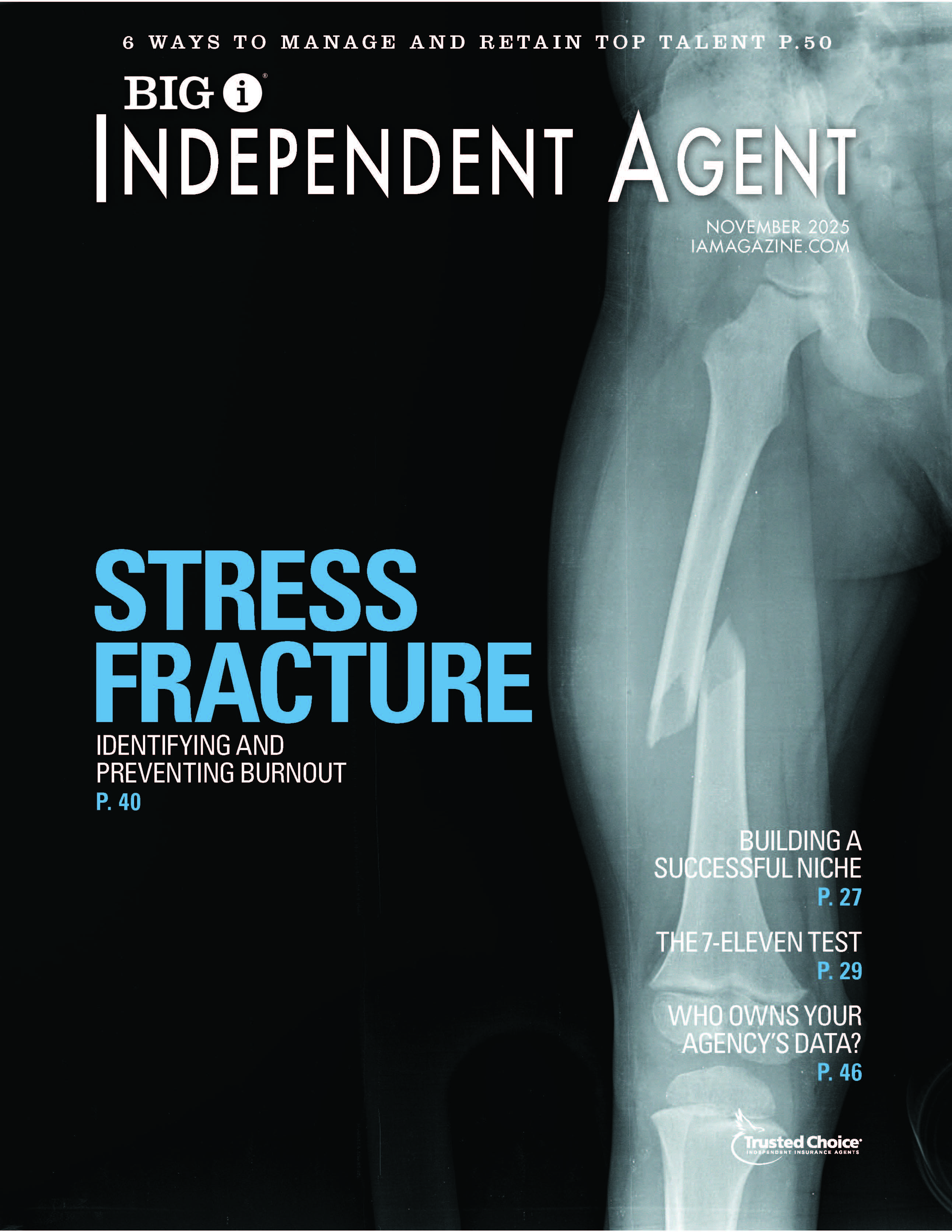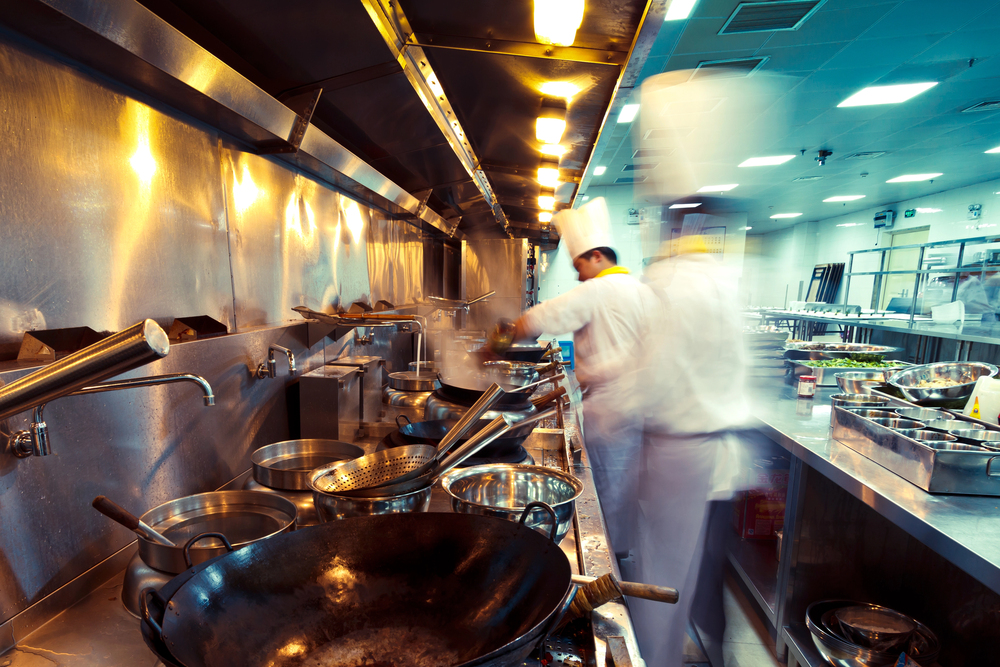5 Challenges Facing the Restaurant Industry Today

By: William S. Hughes
The restaurant industry is on the path to recovery, showcasing remarkable resilience several years after the pandemic. Three out of 4 operators say business conditions are already close to normal—a new, more positive normal—or well on the way, according to the National Restaurant Association’s latest “2023 State of the Industry” report. However, even as the sector bounces back, there are persistent challenges.
Inflationary pressures are driving up operational costs and, unavoidably, menu prices as well. Also, pandemic-era innovations, such as widespread outdoor dining and takeout services for food and alcohol have become permanent fixtures in the restaurant landscape, with the former often lasting well into the fall months.
However, these innovations come with added risks. It’s imperative for independent agents to forge close partnerships with restaurant owners to help them overcome these hurdles. Communication needs to be strong between restaurant owners, independent agents and carriers.
Here are five challenges facing the industry today, and how agents can help their restaurant clients:
1) Rising costs and premium pressures. The restaurant insurance landscape is evolving with rising rates and frequent audits. Customers, agents and carriers are all feeling the impact of increasing costs. From building replacement expenses driven by inflation to the added burden of rising reinsurance rates.
In this challenging cycle, an insurance agent who can actively participate in the risk management process becomes an invaluable resource. Collaborative efforts with restaurants are essential to navigate these complex issues and ease pressures on rising insurance premiums. Midyear evaluations on sales and payroll projections can also help prevent surprises at audit time and help owners plan and budget accordingly.
2) Reinsurance and inflation. One of the key challenges revolves around reinsurance and inflation. Extreme catastrophes—including wildfires like those we saw in Hawaii, and now even West Coast hurricanes and widespread flooding from the rainy summer—have become more frequent and severe, prompting reinsurers to significantly raise rates, particularly in the property insurance market.
Inflation continues to cause an uptick in the costs of raw materials, building materials, auto parts, and labor, though there are indications of this trend leveling out recently, according to Dodge Construction Network. Supply chain pressures often lead to longer and more costly claims processing.
It’s essential for agents to maintain clear communication with customers regarding rate increases, the reasons behind them and the importance of adjusting property values to match inflation. Agents play a critical role in ensuring that customers have appropriate coverage limits in place to safeguard against potential losses.
3) Risks from innovations. Outdoor dining and takeout services, as well as contactless technology options, are more popular than ever. However, with these innovations come added risks. Outdoor dining at restaurants in all types of locations, including parking lots, increases the risk of vehicles crashing into buildings or patron areas, making it important to assess traffic patterns and implement safety measures and permanent barriers.
Additionally, outdoor dining exposes restaurants to unpredictable weather, uneven terrain and food contamination risks. Proper storage and securing of outdoor furniture, shade and adequate hydration become paramount. Customer and employee safety also hinges on location, and outdoor dining equipment and furniture bring added risk during powerful weather events.
Takeout remains a popular choice among customers, requiring proper coverage for deliveries and company automobiles.
4) Staff training and hiring challenges. Hiring and training additional staff can reduce the risk of accidents. A well-trained and appropriately staffed team can maintain service levels and attentiveness, ensuring a seamless and pleasant dining experience for patrons.
Finding employees remains a significant issue, with approximately 62% of restaurant and food service operators reporting a scarcity of staff to meet the surging demand for their services, according to the State of the Industry report.
Additionally, employees find themselves doing more to compensate for the shortfall, resulting in a worrisome surge in workplace injuries. Overexertion remains one of the leading causes of workplace injuries, according to the National Safety Council, which is why maintaining adequate and well-trained staff is key to preventing injuries.
The toll is not only physical but also mental, as workers shoulder the burden of compensating for the shortfall by assuming heavier workloads, clocking in longer hours, and frequently stepping into roles for which they have little to no prior experience or training.
5) Innovations and partnerships for success. Investing in connections and in the latest technology and instruments can help address some of those challenges. Independent agents should work with their customers to explore innovative solutions that can help prevent losses and headaches. For example, automatic water shutoff systems, water sensors and smart building systems could help limit damage from frozen or broken pipes.
Peace of mind is paramount for restaurant owners and necessary when preventing, navigating and overcoming potential risks. Creating a two-way conversation about the latest tools available will continue to position independent agents as trusted partners that can deliver innovative solutions and solid counsel.
William S. Hughes is vice president, commercial lines, at Arbella Insurance Group.










